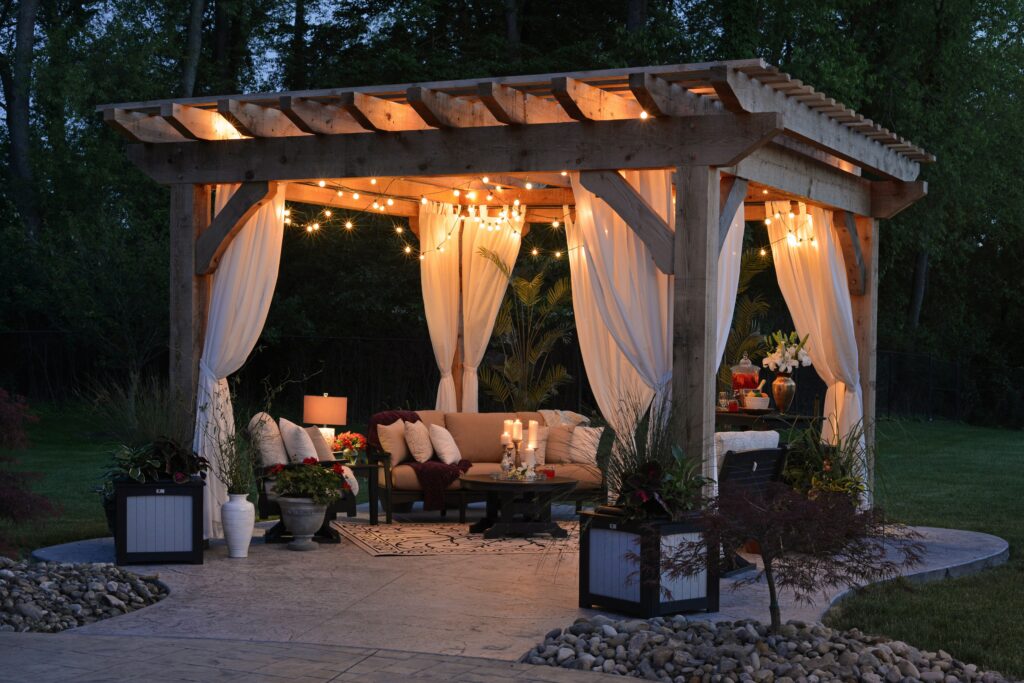When designing a perfect patio to create your outdoor oasis, it’s helpful to consider how you intend to use the space. Are you looking to build low-maintenance, drought-tolerant gardens, or do you wish to expand your living spaces beyond the confines of your home? Considering the available land, the proposed function of each space, and your property’s natural features are essential when designing a patio that fits into the surrounding environment. Here are some ways you can create a comfortable and functional outdoor living space in Dallas.

Incorporate Native Plants Into Your Design
Designing a patio often involves reducing the lawn size, incorporating water retention methods, and landscaping in Dallas using native plants. Using drought-tolerant perennials, ornamental grasses, or disease-resistant plants that are accustomed to the climate can help minimize maintenance requirements. Native plants support the local ecosystem, supply food for wildlife, and enhance your property’s natural beauty. If you decide to incorporate native plants into your yard, look up those ideal for hardiness zone 8A. These varieties often include plants that require less water and maintenance, such as Texas purple sage, lantana, yucca, and salvia.
Use Materials Appropriate for Local Weather
Whichever elements you plan to incorporate into your patio design, it’s essential to choose the right materials to reduce maintenance and improve the longevity. Patios made from porcelain or limestone can help prevent overheating, which is essential for a Dallas summer. Outdoor kitchens made from stainless steel, high-density resin, or marine-grade aluminum can withstand the Texas sun. Knowledgeable and experienced landscapers can help you select the appropriate materials for the weather when designing countertops, patios, and furniture.
Consider Both Function and Design
When planning your outdoor design, consider how you intend to use the space and how various elements can enhance its function. For example, if you plan to build an outdoor kitchen, it’s helpful to position the food preparation stations within reasonable distance of the eating and entertaining sections. Consider your exposure to the elements when deciding on the placement of fire pits, sun shelters, and pool cabanas. If you’re designing a kids’ play space, you might want to create an adult seating area within watching distance or incorporate aesthetically pleasing play structures to match the design.
Create an Ambiance
Incorporate lighting, water features, or fire elements into your design to create an ambiance for your space. Water features, such as a pool or fountain, can help reduce noise pollution and contribute to the feeling of an oasis. At night, lighting throughout the garden can create visual interest, while brighter lights around the dining and cooking areas contribute to the function of the space. Illuminate the pathways for added safety, or reduce the lights for a cozier conversation space.
Designing your outdoor living space can be a fun and exciting project. However you intend to use your space, plan with the end use in mind and ensure you have the right guidance to maximize the natural elements of your yard and create the ultimate outdoor oasis.